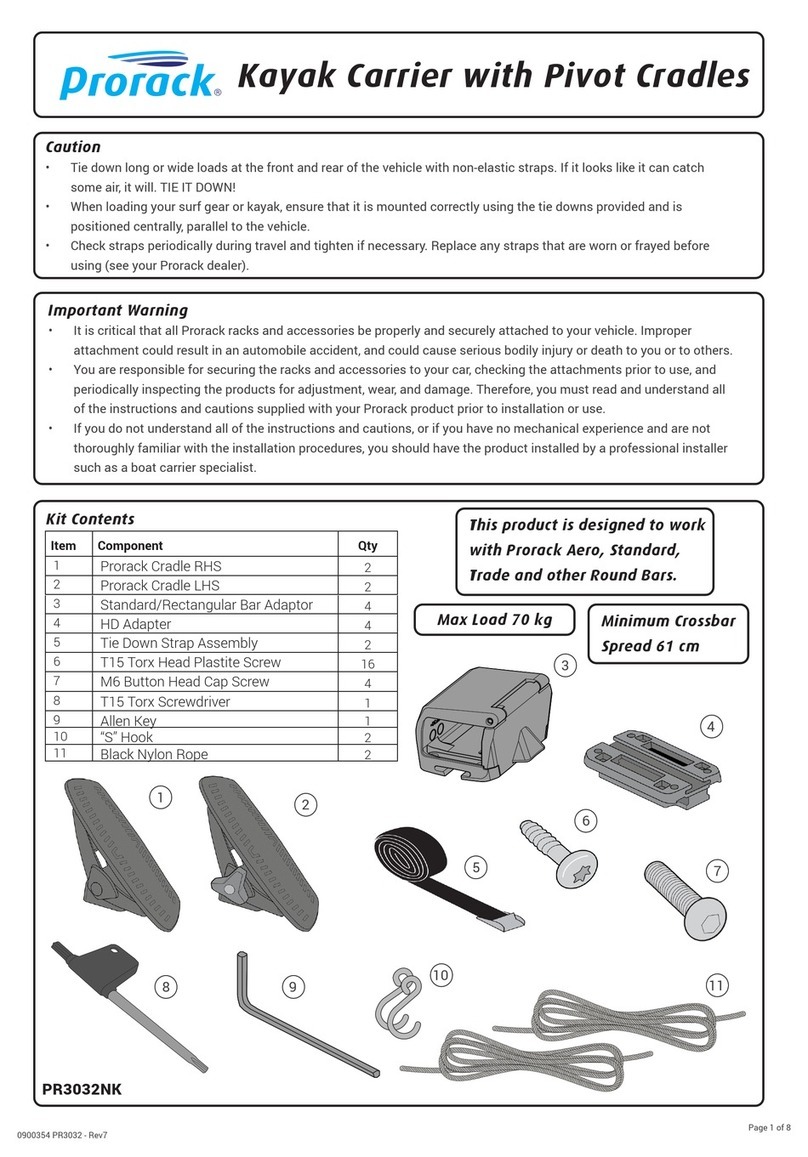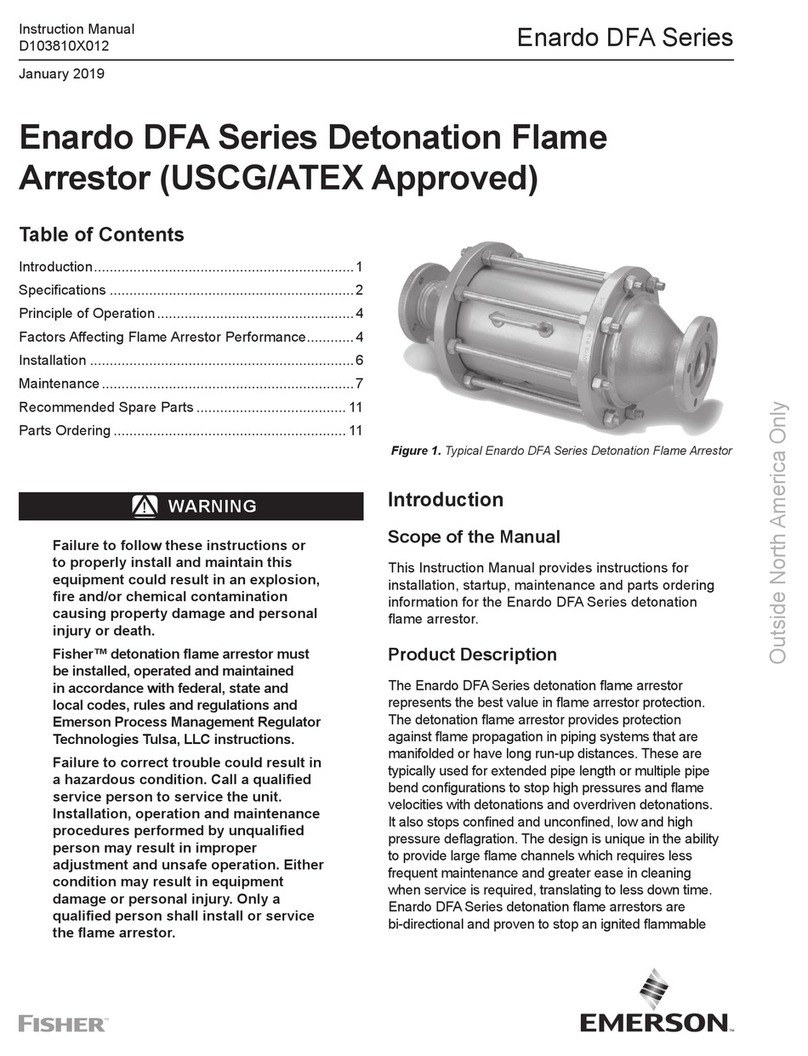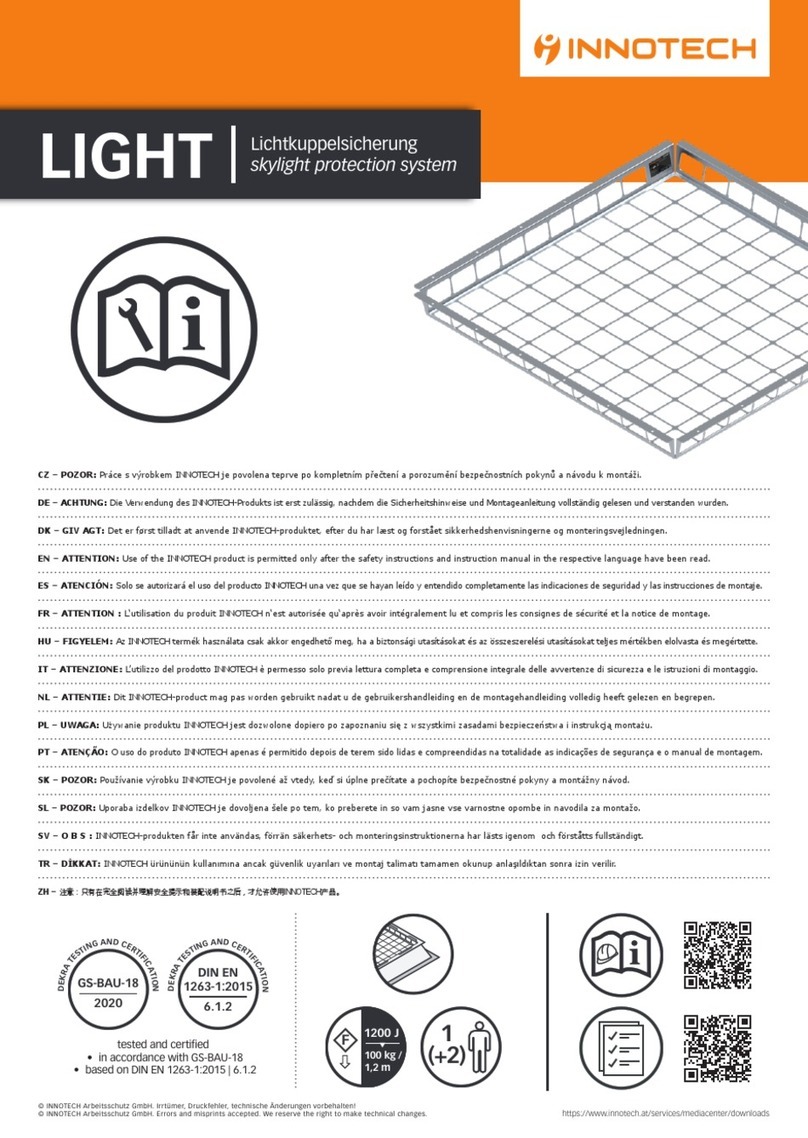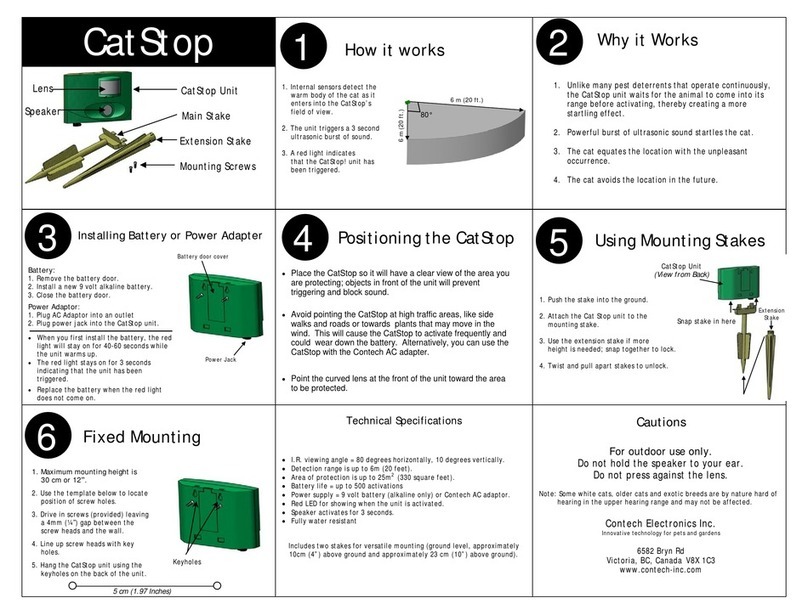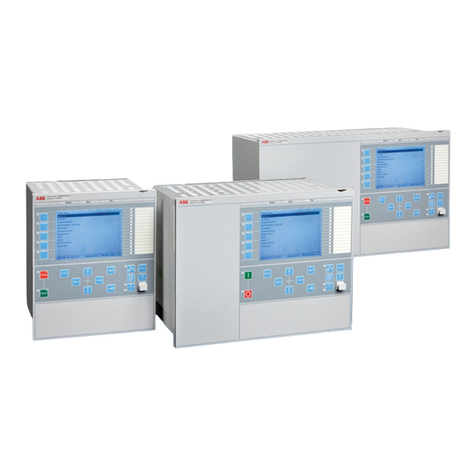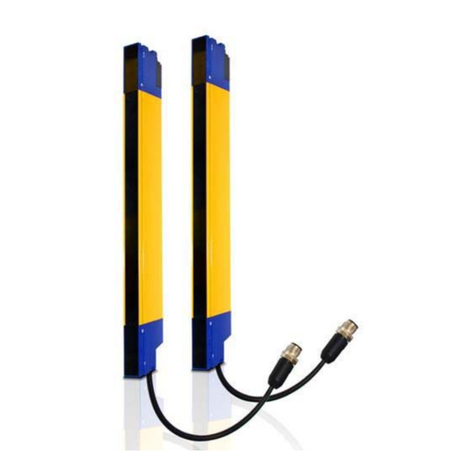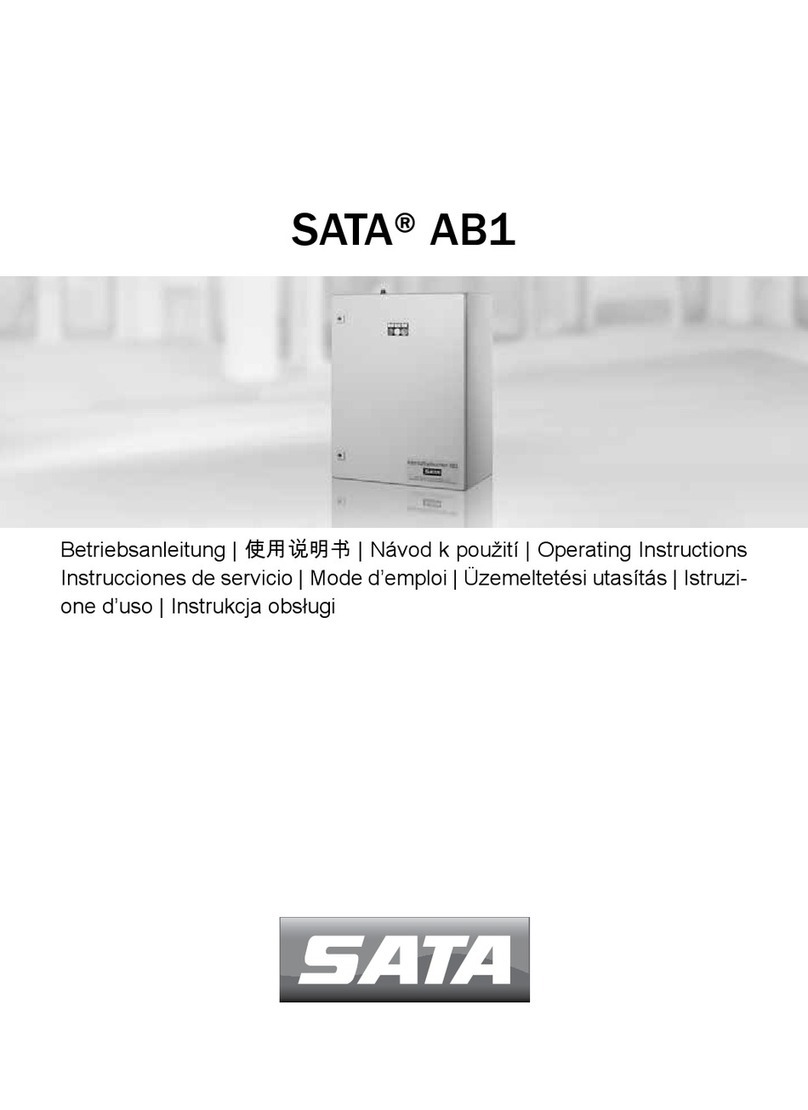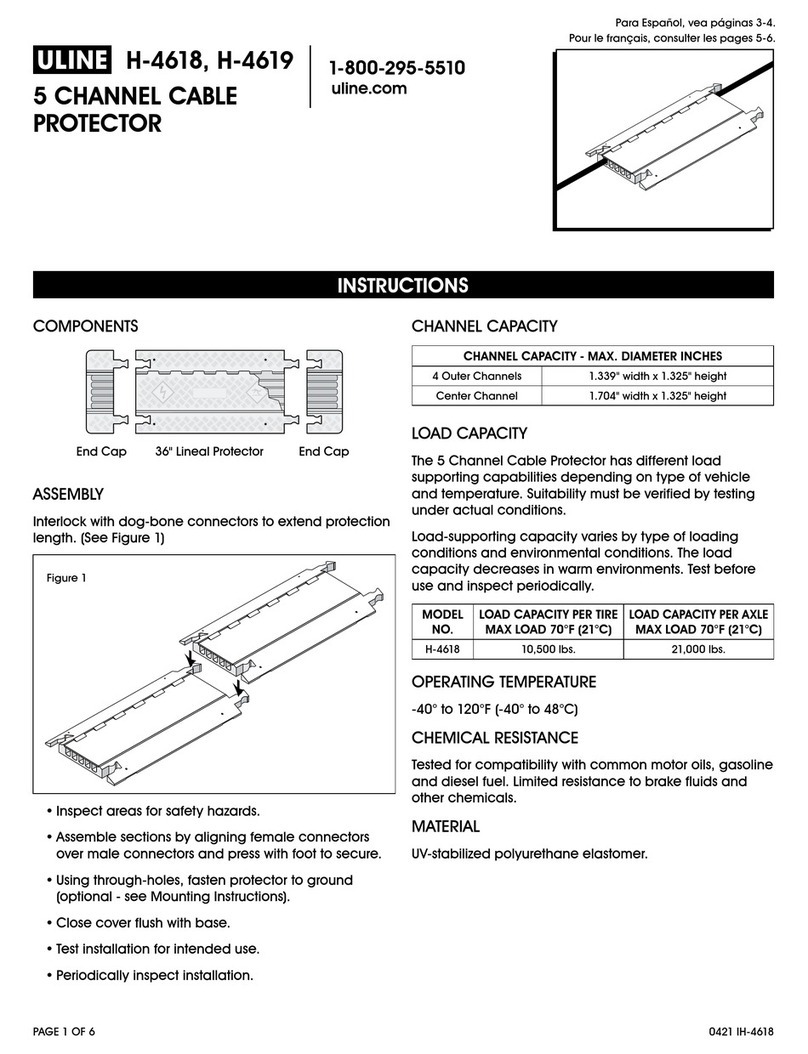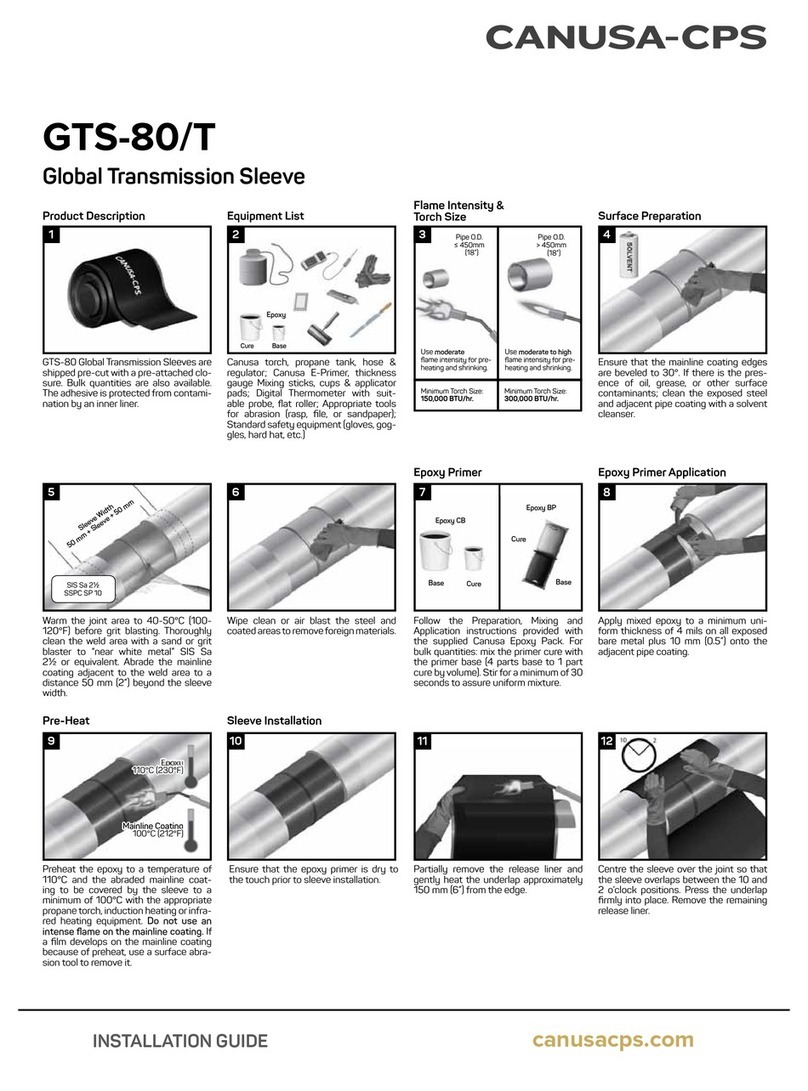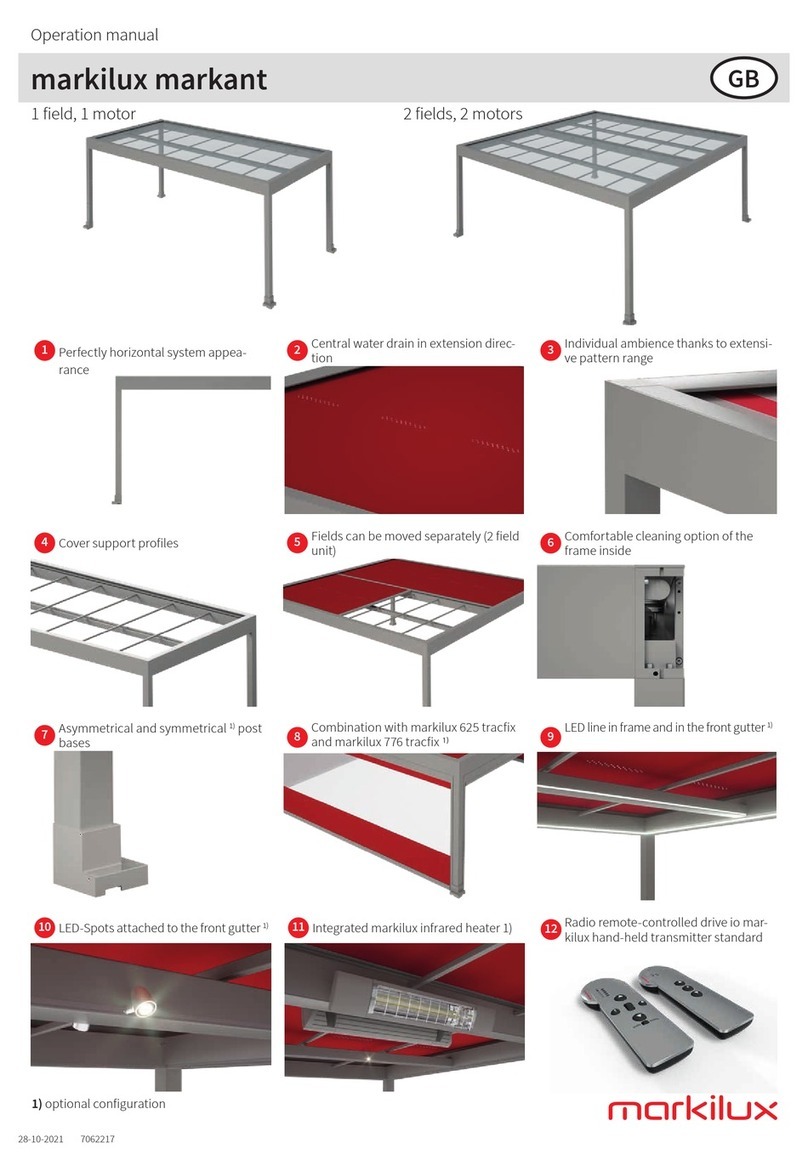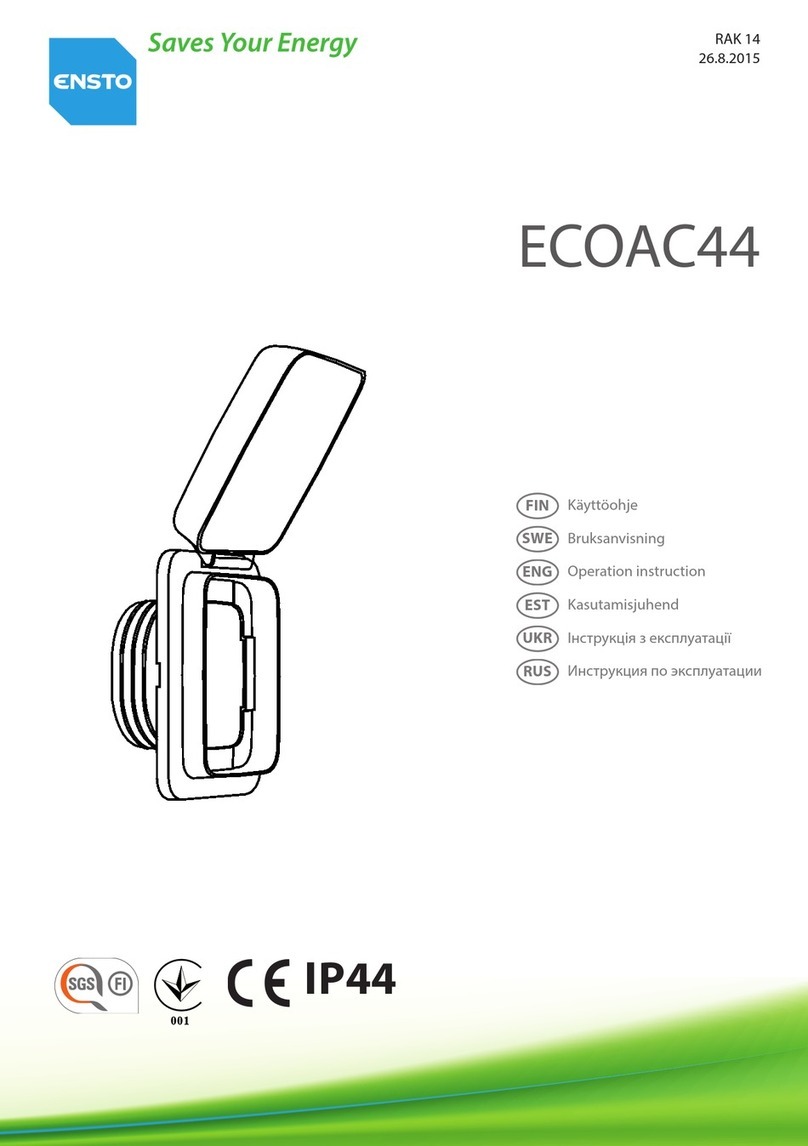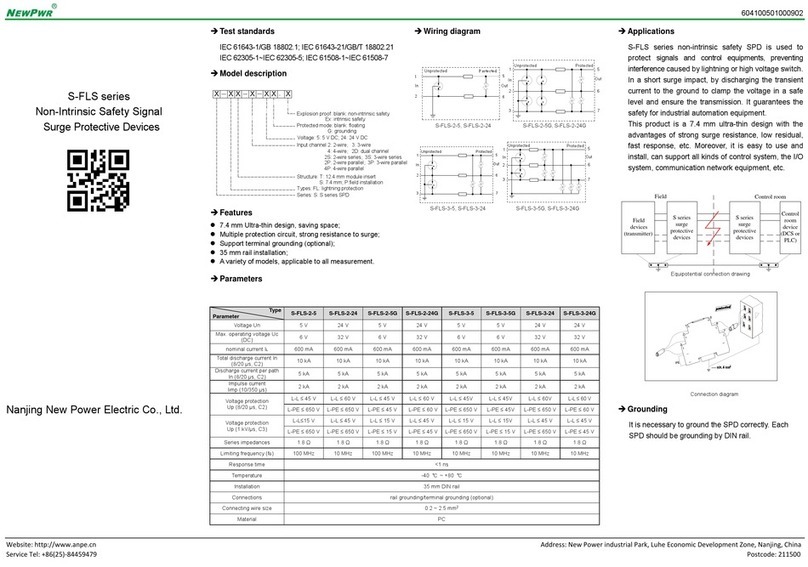
1. LAY OUT /ROLL OUT
7. CLOSE THE CAPS
2. INFLATE
3. CONNECT ELEMENTS
4. FILL WITH WATER
5. DURING FILLING
6. DEFLATE
8. CHECK FILLING PRESSURE
Place the dam ele-
ments in the target
location.
Loosen the straps.
Roll out the dam
elements.
Connect the dam
elements with the
straps after letting
out some of the air.
Attach the straps in
such a way that
they sag slightly.
Move the dam into
the required posi-
tion. Do not drag it
over the ground!
Connect a fire bri-
gade hose and fill
with water whilst
letting air out at
the same time.
Fill both hoses at
the same time.
Make sure that
the hoses do not
roll away. On an
inclined surface
the elements lying
side by side should
be filled with
water at the same
time.
Let the air out from
the openings at the
top. The dam ele-
ment should adopt
an oval shape in the
process.
1. When the dam
element is half
full, leave the cap
open until water
starts to escape.
2. Close the cap.
3. Carefully observe
the filling process
and immediately
stop when the fil-
ling pressure is
reached.
Max. internal water
pressure 0.2 bar
Checking the filling
pressure:
1. Hold up the filling
hose and take off
the cap.
2. The height of the
water fountain
must not exceed
0.5 m.
Caps removed
Close the caps
1.
50cm
SETTING UP
Inflate the dam ele-
ments with a speci-
al pump.
Max. low pressure
of 0.1 bar.
Important information
for types M1 / M1XL / H1:
The single hose must be supported on the land side (e.g. by
awall). This is the only way to withstand the water pressure
and prevent the hose from rolling away.
The stability and resistance to tipping of the system is im-
paired when a third hose is placed on top. Position a sand-
bag every 2 metres on the land side. This measure will help
to boost the resistance of the taller dam to tipping over.
This option must ONLY be used in an extreme emergency.

